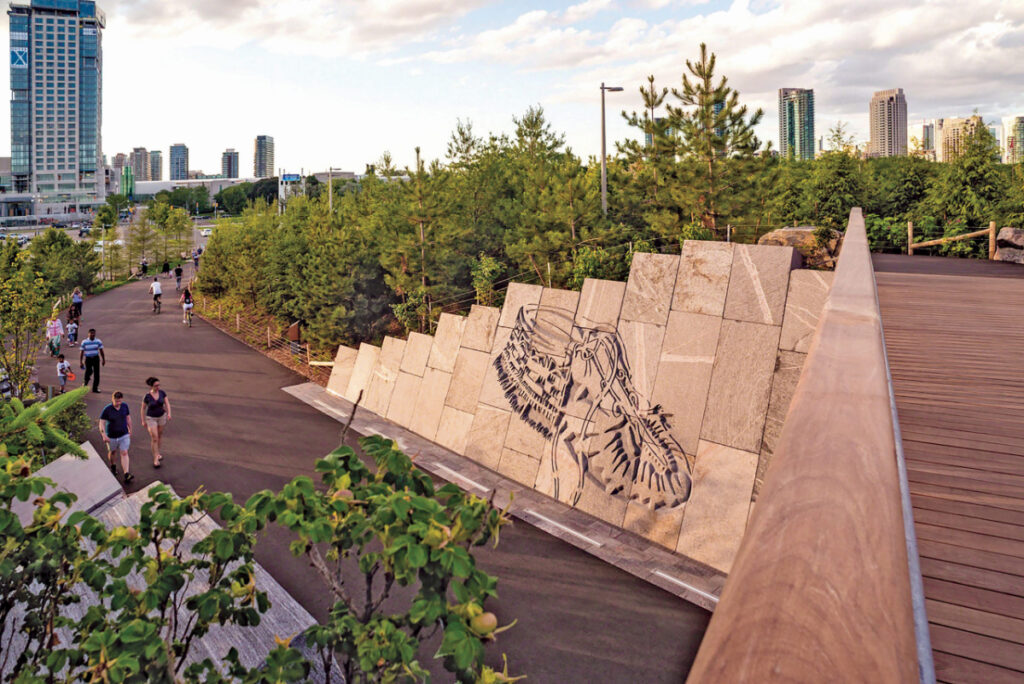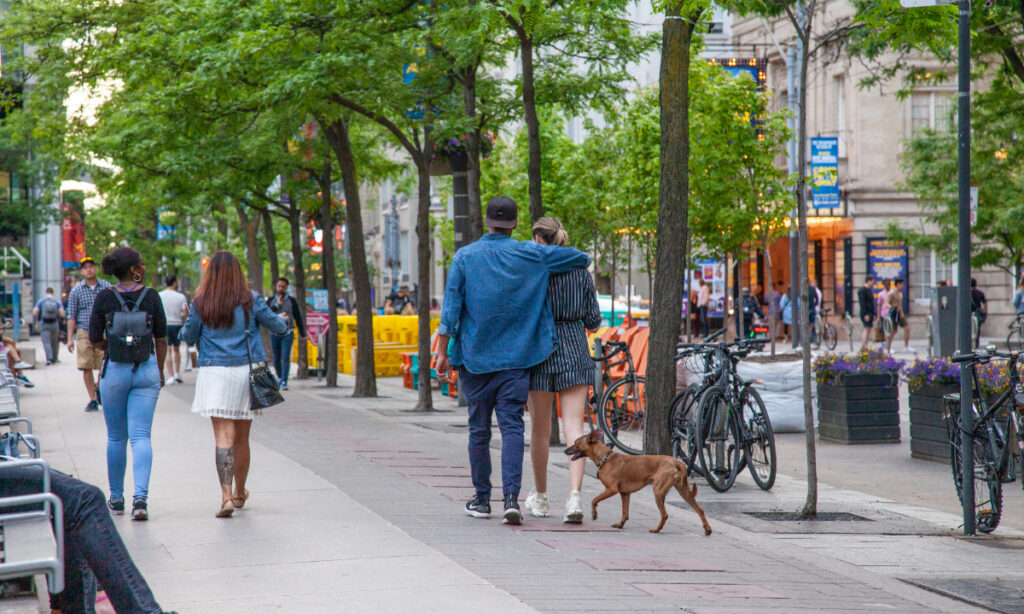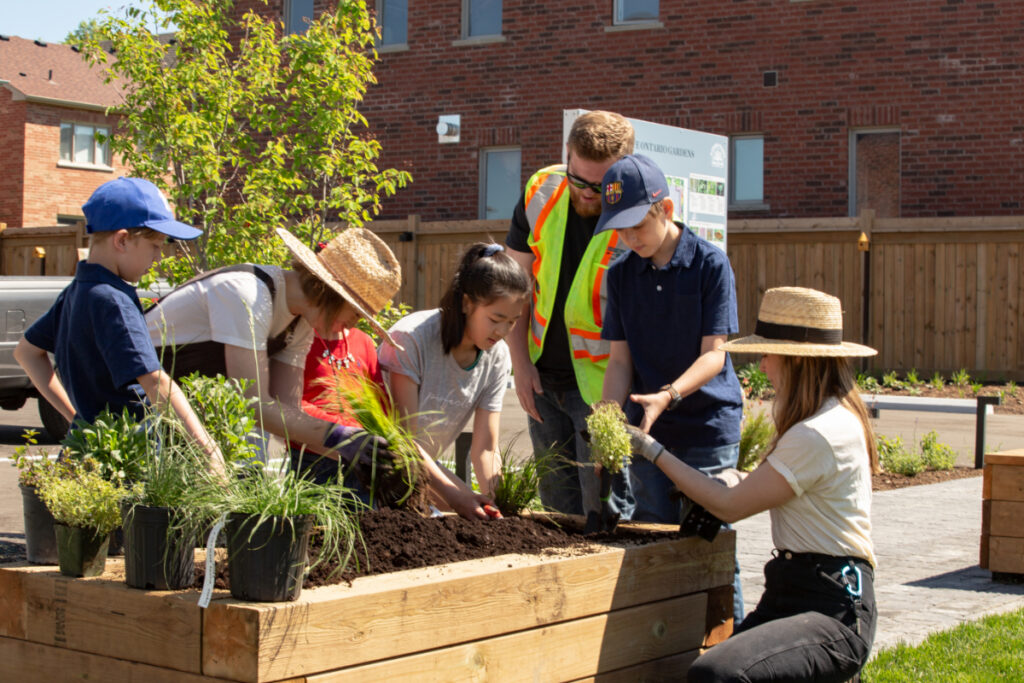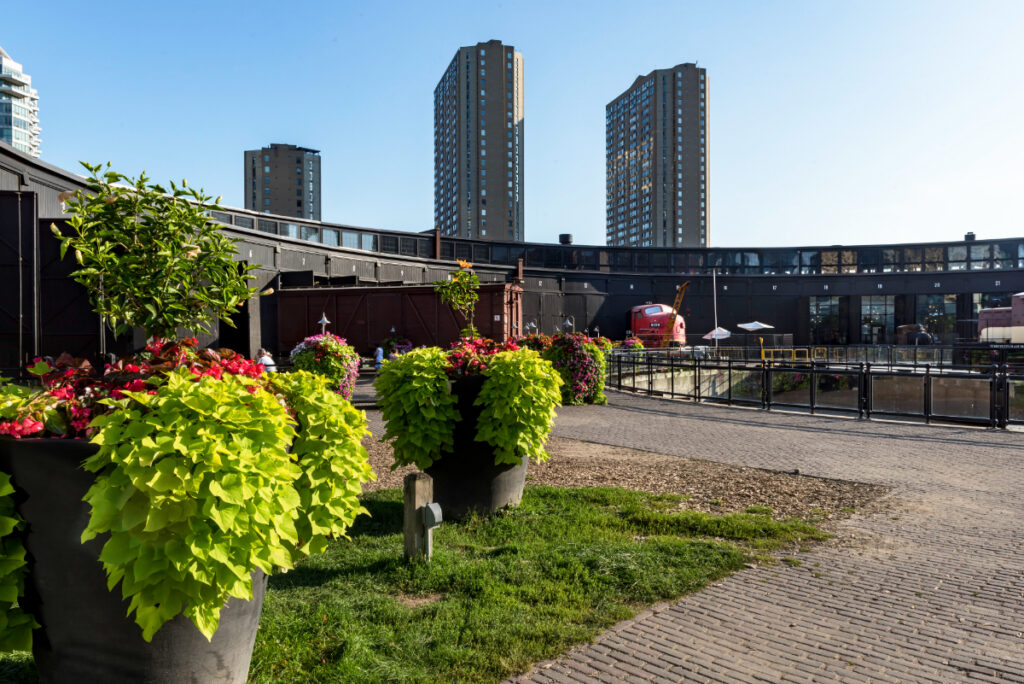
Making the most of our public space
By Jake Tobin Garrett, Park People
Last year was tough but it was also illuminating. We discovered how resilient our communities are and the role that public parks play by providing a place for people to stay active, de-stress, and connect (safely). We also learned that we have work to do to ensure equitable access to parks and inclusive policies that help everyone feel welcome.
With that in mind, here are six things we want to see in city parks in 2021.
Leading with equity
If 2020 did anything, it exposed existing inequities in our cities. We often speak about parks as “for everyone,” but this obscures the racism, inequitable enforcement, historic underinvestment, unequal access to amenities, and social judgement that excludes many from enjoying these spaces.
In 2021, we need less talk about “returning to normal” and have more action around systemic discrimination, the displacement of the homeless, and anti-Black and anti-Indigenous racism in our park systems, policies, and organizations. Let’s look at who is and who is not in decision-making circles, and ensure that community engagement and consultation exercises are additive, not extractive.

Improving local parks
We’ve been told to stay home to stay safe. This heightens the importance of neighbourhood parks as places of respite. But parks are not distributed equally, and this impacts people’s mental and physical health. Research shows that Canadians who didn’t have a park within a five-minute walk were five times more likely not to have visited a park between March and June. To derive benefit from parks, you need to have one nearby.
In 2021, we foresee a renewed focus on the local park. Access to quality, nearby green spaces will be on the agenda, and we hope to see more emphasis on basic amenities like washrooms, drinking fountains, shade structures, and plentiful seating. Increased maintenance will be key, but we can go further. Integrating urban agriculture and local economic development, such as markets for locally produced goods and food, will help parks become resilient hubs.
Growing access to nearby nature
As stress levels rocketed and mental health declined, many spent more time outdoors as a way to re-centre themselves, taking solace in nature. One survey found that 80 percent of Canadians said parks became more important to their mental health. The connection between wellbeing and time spent in nature has long been established in science.
In 2021, we hope to see more focus on neighbourhood greening projects that insert naturalized gardens into the places where we live our everyday lives: our streets, yards, parks, laneways, and schools. Let’s build on the awareness of the connection between mental health and nature through new programs and stewardship opportunities.

Expanding parks beyond their boundaries
Responding to the need for more space for physical distancing, many cities quickly “found” acres of new open spaces in roadways and other public spaces to open up to people. This created more space for cycling, running, rolling, and walking.
In 2021, let’s continue creative rethinking about the space in our cities to be more people-friendly, but expand it so more neighbourhoods can benefit from slower streets, expanded public spaces, and safer walking and cycling connections.

Supporting community-based programming
Many grassroots park groups struggled with the impacts of COVID-19 restrictions on park amenities and the need to keep track of fluctuating guidelines on safe gatherings. Despite this, over 40 percent of park groups said they had provided support to those in need during the pandemic. Some even pivoted to activities like sewing masks.
As we start the process of recovery, we hope to see greater support for the value park programming provides. The top two areas park groups will need help with are funding and re-engaging community members. City staff can work with communities and partner organizations to provide funding and to institute policies like simplified permits that allow park groups to do more with less paperwork and fees.
Celebrating winter
Canada is a winter nation. People continued to turn to parks and trails during the season to keep active and lessen the winter blues. Some Canadian cities offer winter activities in parks better than others, but in many, the infrastructure and maintenance practices don’t reflect the winter reality.
This year, let’s keep washroom access open, and clear snow and ice for safe use. And to keep people connected and active, we want to see more support for local winter programming. It doesn’t have to be expensive or complicated.
Park People supports and mobilizes community park groups, community organizers, non-profits, park professionals and funders who activate the power of parks. For more info, visit parkpeople.ca

